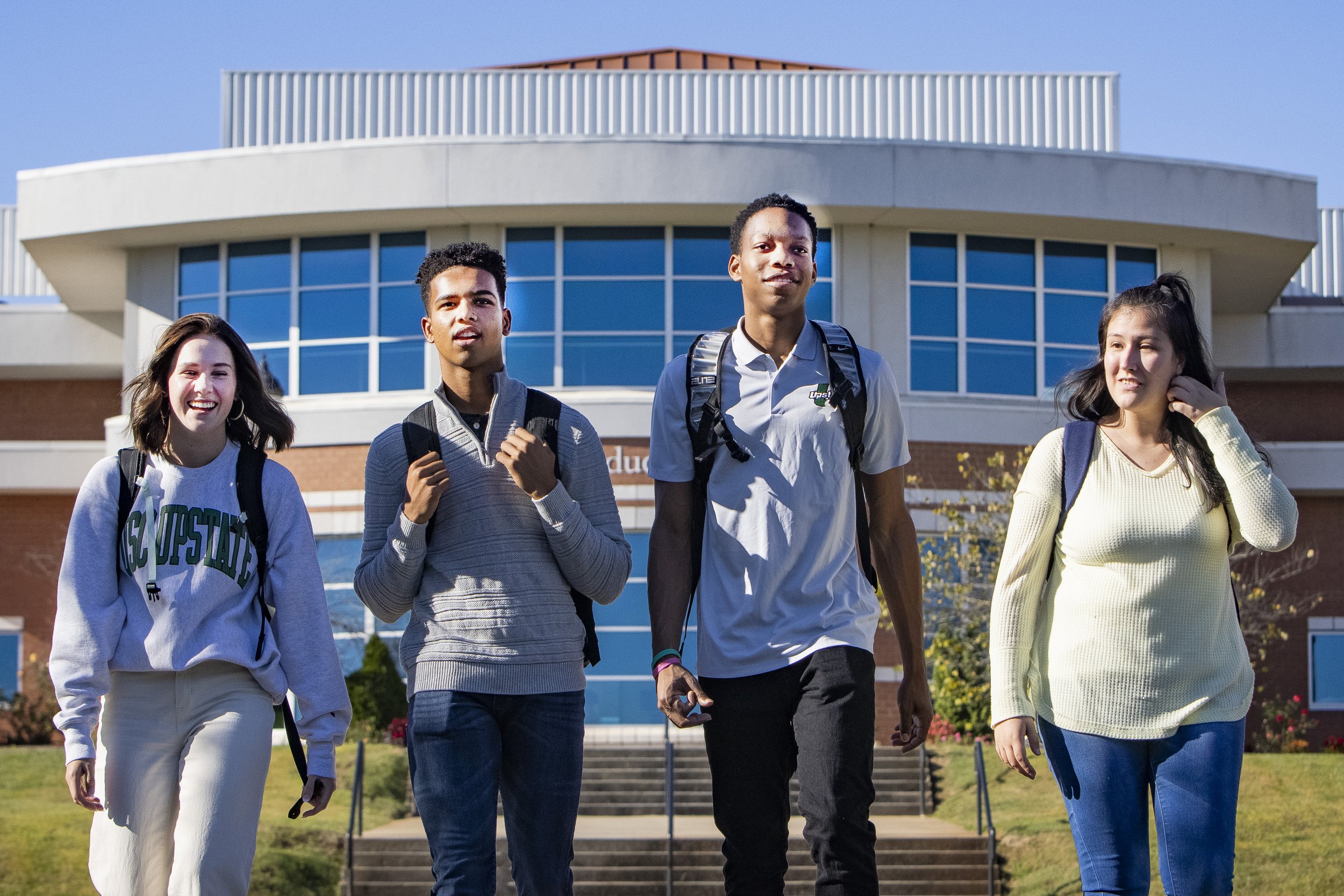
POSTSECONDARY ENROLLMENT
Post Secondary Enrollment
Perspective: The college pay-off and income equality College Does Help the Poor from the New York Times
In 2018-19, SAM began commissioning yearly studies countywide graduating classes (2013 - Present) from the National Student Clearinghouse. These reports are providing vital information to our schools, district leadership, colleges and community groups willing to work to improve post-secondary outcomes for our students. Please contact Meghan Smith msmith@learnwithsam.org to request the Study Reports or schedule a review of them for your Action Planning.
Though a four-year college degree is not for everyone, SAM Partners believe that, to have the greatest career options and economic mobility potential, our graduates will need to complete some form of post-secondary training: a certificate or technical program or a 2-year or 4-year degree program or military training. Studies are reporting that 75% of all jobs will soon require additional training. By preparing our graduates to leave high school college and career ready, they will be prepared to share their talents and skills as part of Spartanburg's robust economy.
While there exists a well-established inverse correlation between enrollment and the overall economy, all students should be asking “which college fits my goals” and “how do I make sure I’m on track for the college/program I want to complete?” Likewise, parents and community members should be asking “what do we do to help ours students get themselves ready to be accepted into their school/program of choice, actually enroll, and complete their selected course of study?”
When students express an intent to enroll in a post-secondary course of study, effort needs to be made to make sure that they know the steps to take to fulfill that intent.
HS Senior Students and Parents: Need help completing the FAFSA (Free Application for Federal Student Aid)? Here it is!
SUMMER MELT
In 2018-2019, SAM was able to undertake an analysis of “Summer Melt,” calculating the percentage of students reporting an intent to enroll versus those who actually enrolled.
For the class of 2018, 597 students intended to enroll in some form of post-secondary study but did not actually enroll. These never-before-seen data stirred immediate intervention planning across county schools and started new connections between college admissions officers and high school guidance counselors.
Increasing the potential impact is verification received through Student Data Tracker that a majority of students enrolling, or intending to enroll, are selecting local colleges and universities. Local Research + Local Data -> Local Action
THINKING BEYOND GRADUATION:
It is not too early to start thinking about scholarships and financial aid.
The team at Study.com recently developed several comprehensive financial aid and scholarship guides for college students to share information about different resources that can be utilized to fund a college education. We've created an in-depth, expert-verified Guide to FAFSA and Financial Aid and also published a number of comprehensive scholarship guides to help all students in their journey to gaining a degree. Study.com also created guides to support specific student populations:

